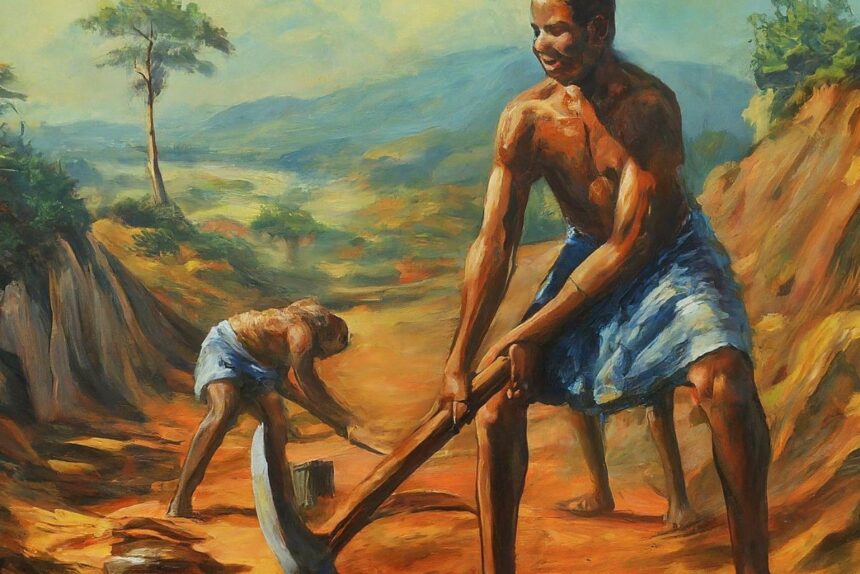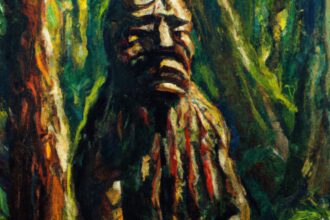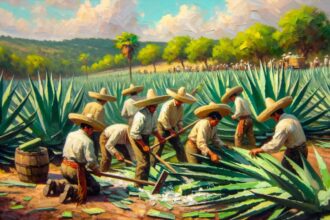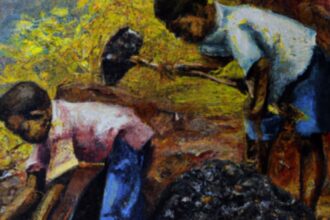The Democratic Republic of Congo, a land of abundant natural beauty and resources, has been embroiled in conflict for decades. But what drives this persistent turmoil? At its heart, the conflict in DR Congo is a complex web of political power struggles, ethnic tensions, and international greed for its vast mineral wealth. This introduction sets the stage to discuss these tangled threads in the subsequent sections.
Key Factors Driving the Conflict
Several critical factors have perpetuated the conflict in DR Congo. These include colonial legacies, ethnic divisions, political instability, and the infamous resource curse. Each of these elements has contributed uniquely to the current state of affairs, creating a situation where peace seems perennially out of reach.
Historical Context
Pre-Colonial and Colonial Influences
Before colonization, the area now known as DR Congo was home to hundreds of ethnic groups, living mostly in peaceful coexistence. However, the arrival of European colonizers in the late 19th century, spearheaded by King Leopold II of Belgium, marked the beginning of a brutal period of exploitation. This era set the stage for future conflicts by instilling deep-seated divisions and setting a precedent for authoritarian rule.
The Independence Era and Its Immediate Aftermath
In 1960, DR Congo achieved independence from Belgium, but joy was short-lived. The nascent country plunged into chaos as regions vied for power, culminating in the secession of the mineral-rich Katanga province. The assassination of Patrice Lumumba, the first democratically elected Prime Minister, further destabilized the nation.
The Rise and Fall of Mobutu Sese Seko
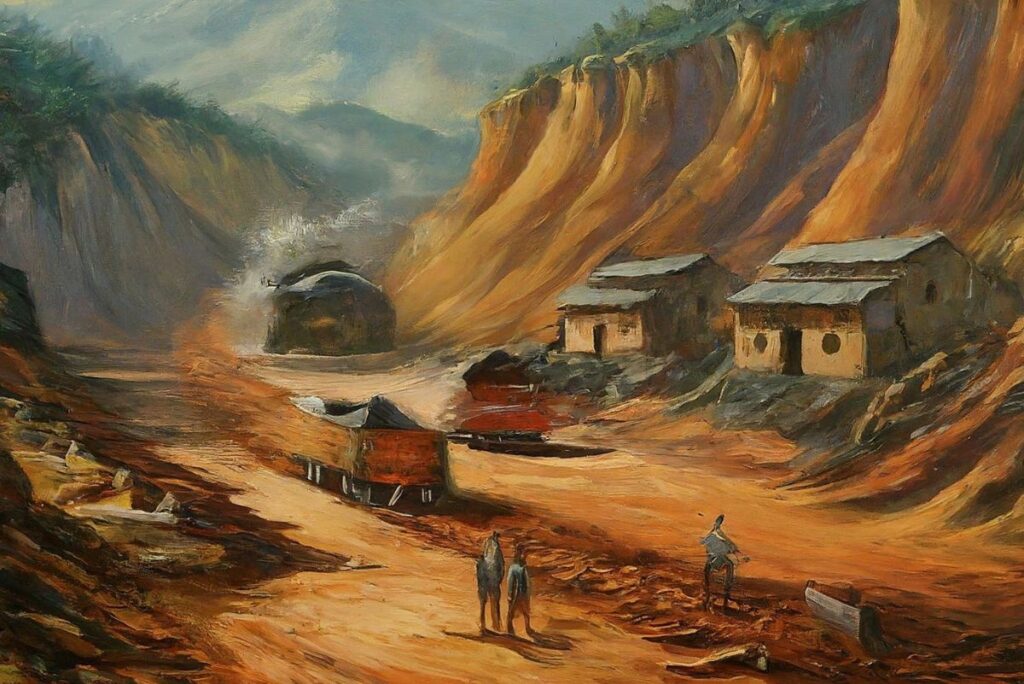
Mobutu Sese Seko came to power in 1965 and ruled for over three decades. His dictatorship, characterized by corruption, nepotism, and economic mismanagement, weakened state structures and deepened public grievances. His eventual ousting in 1997 marked the end of an era and the beginning of a new but equally challenging phase in DR Congo’s history.
Major Conflict Phases
The First Congo War: A New Hope Turns Sour
The First Congo War (1996-1997) began as a rebellion to remove Mobutu and promised a fresh start for the beleaguered nation. However, the aftermath was anything but peaceful, as the new leader, Laurent-Désiré Kabila, struggled to maintain control and address the nation’s deep-rooted issues.
The Second Congo War: Africa’s World War
The Second Congo War (1998-2003), involving multiple African nations, was more devastating. It caused immense human suffering and altered the country’s demographic and social landscape profoundly. Although it officially ended with peace accords in 2003, sporadic violence and instability persist.
Post-War Conflict and Ongoing Skirmishes
Despite numerous peace agreements and the presence of the United Nations’ largest peacekeeping mission, violence continues, especially in the eastern provinces. Various armed groups fight for control over land and resources, with civilians bearing the brunt of the conflict.
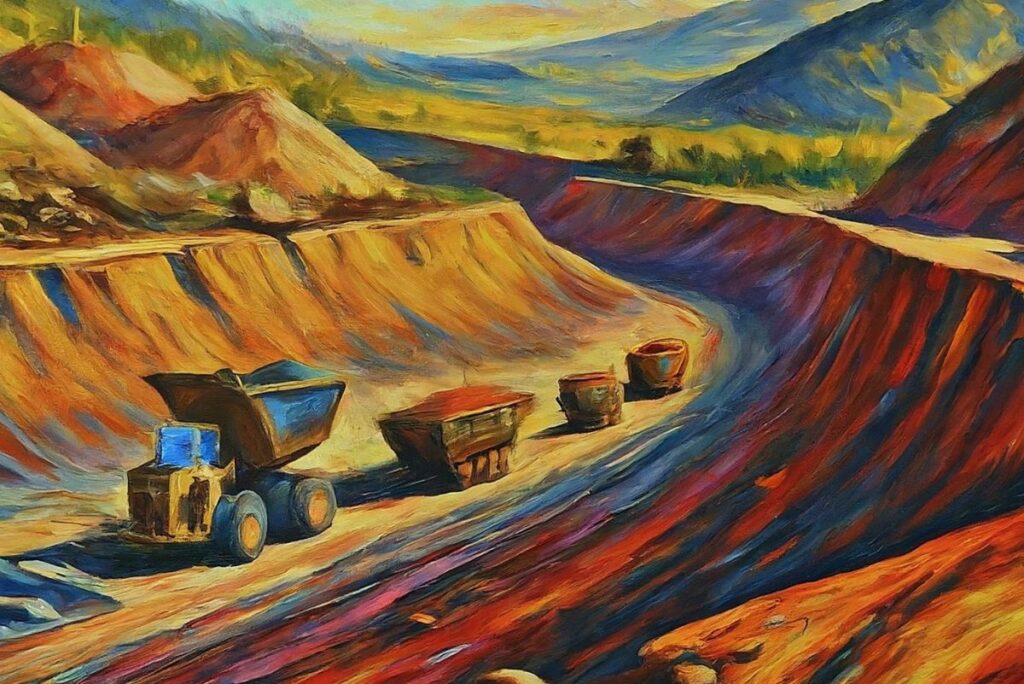
Key Players in the Conflict
Domestic Factors: Government Forces and Rebel Groups: The Congolese government has struggled to exert control over its vast territory, while various militia groups exploit government weaknesses for their own benefit, often using ethnic allegiances to garner support.
The Role of Neighboring Countries: Countries like Rwanda, Uganda, and Burundi have played significant roles in DR Congo’s conflicts, sometimes supporting rebel groups to protect their interests or to secure access to DR Congo’s mineral resources.
International Involvement and Its Impact: Global demand for cobalt, coltan, and other minerals critical for modern electronics has fueled continuous conflict. International actors, including multinational corporations and foreign governments, have been accused of prioritizing access to these resources over the well-being of the Congolese people.
The Human Cost
Displacement and the Refugee Crisis: The relentless conflict in DR Congo has displaced millions of people both within and outside the country’s borders. These internally displaced persons and refugees face dire conditions, often lacking access to basic necessities such as food, water, and healthcare. This displacement also disrupts the social fabric of communities, leaving long-lasting scars.
Impact on Health and Human Rights: The conflict has had devastating effects on the health of the population. Outbreaks of cholera and malaria are common, and healthcare infrastructure is severely lacking. Additionally, human rights violations are widespread, with reports of mass rapes, killings, and other atrocities. The lack of security and judicial oversight allows such abuses to continue largely unchecked.
Child Soldiers: The Stolen Innocence: One of the most tragic aspects of the conflict in DR Congo is the use of child soldiers. Many armed groups recruit children, often forcibly, to serve as fighters, porters, or even sex slaves. The recruitment of children not only robs them of their childhood but also perpetuates the cycle of violence and instability.
Economic Implications
The Curse of Natural Resources: DR Congo is rich in minerals crucial to the global electronics industry, yet this wealth has not translated into prosperity for its people. Instead, it has led to what is often called the ‘resource curse,’ where instead of fostering economic growth, abundant natural resources lead to poverty, corruption, and conflict as various groups vie for control.
Effects on the Local Economy: The ongoing conflict has devastated the local economy. Agriculture, once the backbone of DR Congo’s economy, has suffered greatly, with many farmers displaced from their land or unable to work due to the insecurity. This has led to increased poverty and hunger.
International Economic Interests and Exploitation: International corporations and foreign governments often exploit DR Congo’s instability to extract mineral wealth at a fraction of its value. This exploitation has led to environmental degradation and has provided little benefit to the local population, contributing to ongoing resentment and conflict.
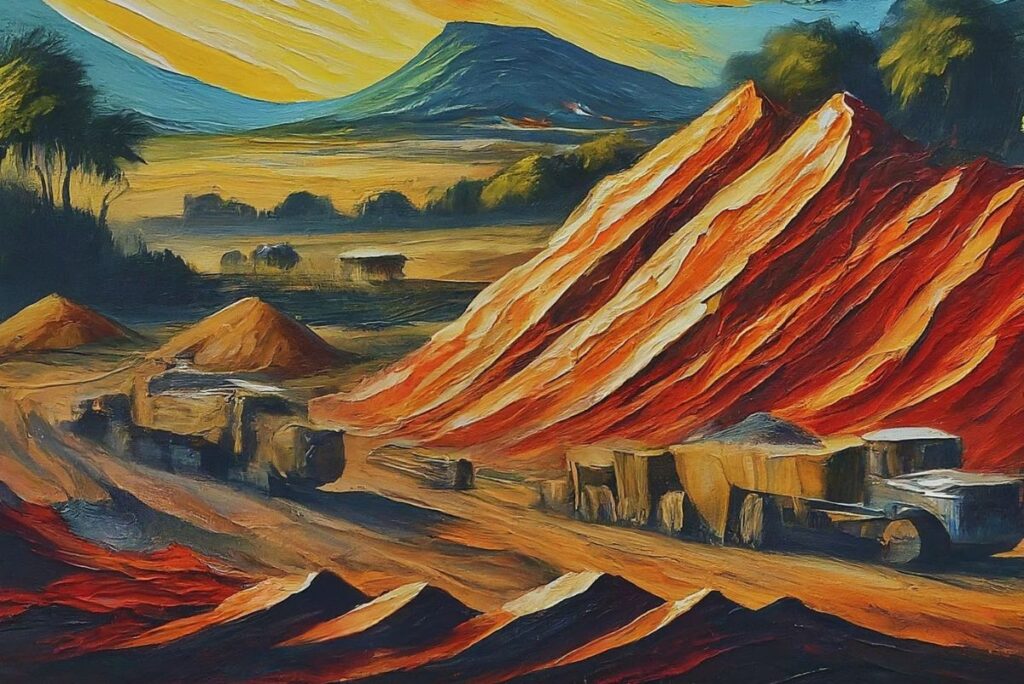
Efforts Towards Peace and Stability
Peace Talks and Agreements: A Timeline of Efforts: Over the years, numerous peace talks and agreements have been attempted, with varying degrees of success. While some have led to short periods of stability, lasting peace has remained elusive. Understanding these efforts’ successes and failures is crucial for future peacebuilding strategies.
The Role of the United Nations and Other NGOs: The United Nations has maintained a significant presence in DR Congo, with the MONUSCO peacekeeping force playing a crucial role in trying to stabilize regions and protect civilians. Numerous NGOs also work tirelessly to provide humanitarian aid and support human rights.
Success Stories and Notable Failures: While the overall picture remains grim, there have been pockets of success where local initiatives have managed to bring about peace and reconciliation. These stories provide hope and a potential blueprint for expanding peace efforts.
The Role of Media and Information
Reporting the Conflict: Challenges and Responsibilities: The media plays a pivotal role in shaping perceptions of the conflict. Accurate reporting is essential for informing the global community and for holding those responsible for atrocities accountable. However, journalists face significant risks and challenges in conflict zones.
Propaganda vs. Reality: Unraveling Truths: Both local and international actors often use propaganda to advance their interests. Distinguishing between propaganda and reality is essential for understanding the true nature of the conflict and for formulating effective responses.
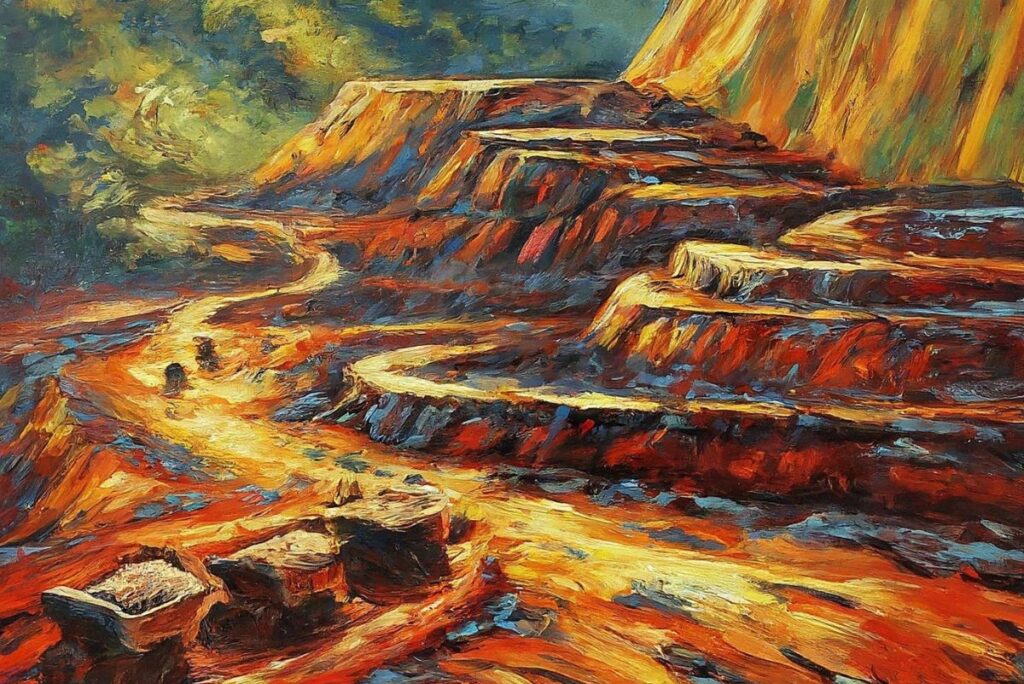
Looking to the Future
Current Trends and Future Predictions: While the situation in DR Congo remains volatile, understanding current trends is essential for predicting future developments. This involves analyzing political movements, economic changes, and social dynamics.
The Path to Lasting Peace: Possibilities and Challenges: The road to peace in DR Congo is fraught with challenges, but understanding the underlying causes of conflict and learning from past mistakes can provide a path forward. This section will explore potential strategies for achieving lasting peace and stability.
FAQs
What started the conflict in DR Congo?
The conflict in DR Congo began due to a mix of historical, political, and economic factors. Colonial exploitation laid the groundwork for political instability, which was exacerbated by ethnic divisions and a struggle for control over the country’s vast mineral resources.
Who are the main groups involved today?
Today, the conflict involves various groups, including the Congolese national army (FARDC), numerous rebel groups such as the Democratic Forces for the Liberation of Rwanda (FDLR) and the Allied Democratic Forces (ADF), as well as community militias. Neighboring countries and international actors also play significant roles, either directly or through support to proxy groups.
How can the international community effectively contribute to peace?
The international community can contribute to peace by supporting diplomatic solutions, providing humanitarian aid, and ensuring that international corporations operating in the region engage in ethical practices. Additionally, supporting initiatives that promote social and economic development can help address the underlying causes of the conflict.
What are the long-term solutions for the conflict in DR Congo?
Long-term solutions must address both the symptoms and root causes of the conflict. This includes political reform, strengthening the rule of law, economic development, and reconciliation efforts among communities. International support must be consistent and respect the sovereignty of DR Congo while helping to build local capacity for governance and conflict resolution.
Summary
In conclusion, the conflict in DR Congo is a complex and multifaceted issue that stems from a combination of historical grievances, economic exploitation, and political instability. While the situation may seem intractable, understanding the nuances of the conflict is the first step towards crafting effective interventions. Efforts to stabilize the country must be holistic, addressing not just the immediate violence but also the underlying issues that fuel it. The resilience of the Congolese people and the continued efforts of both local and international actors offer hope for a future where peace is not just a fleeting moment but a lasting reality.
Note
As you’ve journeyed through Congo’s story with us, it’s clear that the challenges are immense. But behind the statistics and history are real people, with real dreams. We’ve got a chance to stand beside them, not out of pity, but out of respect and shared humanity. If you’re in a position to help, your support could create ripples of positive change. Together, let’s partner with the resilient people of Congo and work towards a brighter tomorrow. Every bit counts, and every action speaks volumes.
Click here to donate








